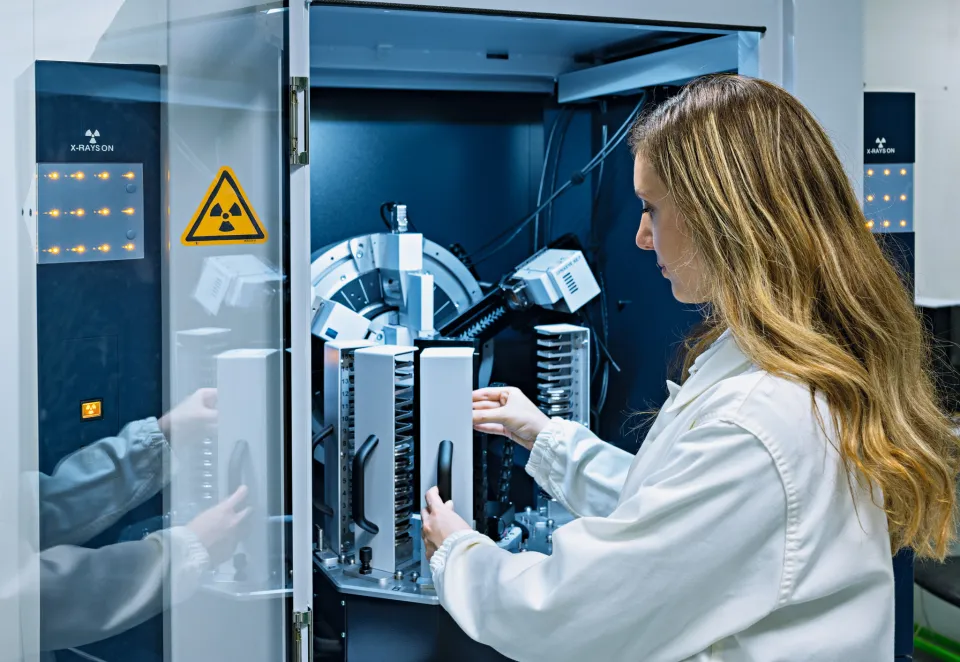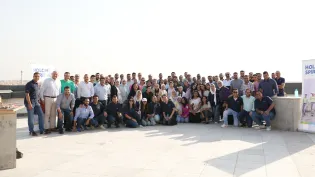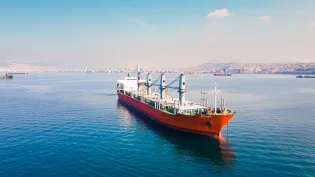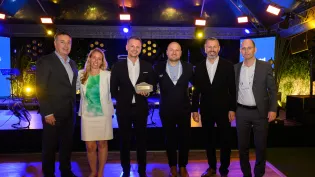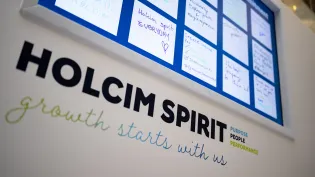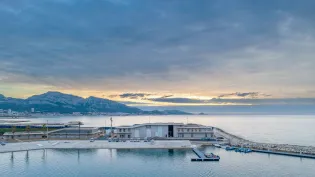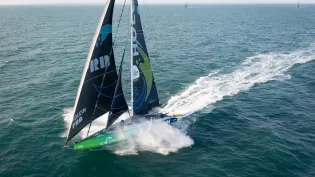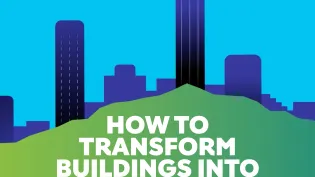Concrete: A natural carbon sink
Strong, durable, resilient, energy-efficient and versatile. Everyone knows that concrete has these advantages, but did you know that it naturally absorbs atmospheric CO2 throughout its lifetime?
While we talk a lot about advanced technologies for carbon capture, utilization and storage (CCUS), the cement inside our walls, roofs and roads performs a vital decarbonization role as well – absorbing CO2 through a process called recarbonation.
Over time, CO2 reacts with calcium in the cement paste to form calcium carbonate – effectively neutralizing the CO2 over the course of years.
Concrete recarbonation naturally occurs over the course of decades and throughout every stage of the material’s life cycle, from manufacturing to its service life to recycling.
At Holcim, we’re developing technology to make it happen in hours. And we already have a recarbonated cement product on the market: ECOPlanet RC, launched at the Austrian World Summit in 2023.
Made using recarbonated recycled construction materials, it delivers a 50% lower carbon footprint compared to standard cement, with no compromise on performance.
By scaling up these technologies to accelerate the natural recarbonation process in concrete, we can decarbonize construction for a net-zero future.




